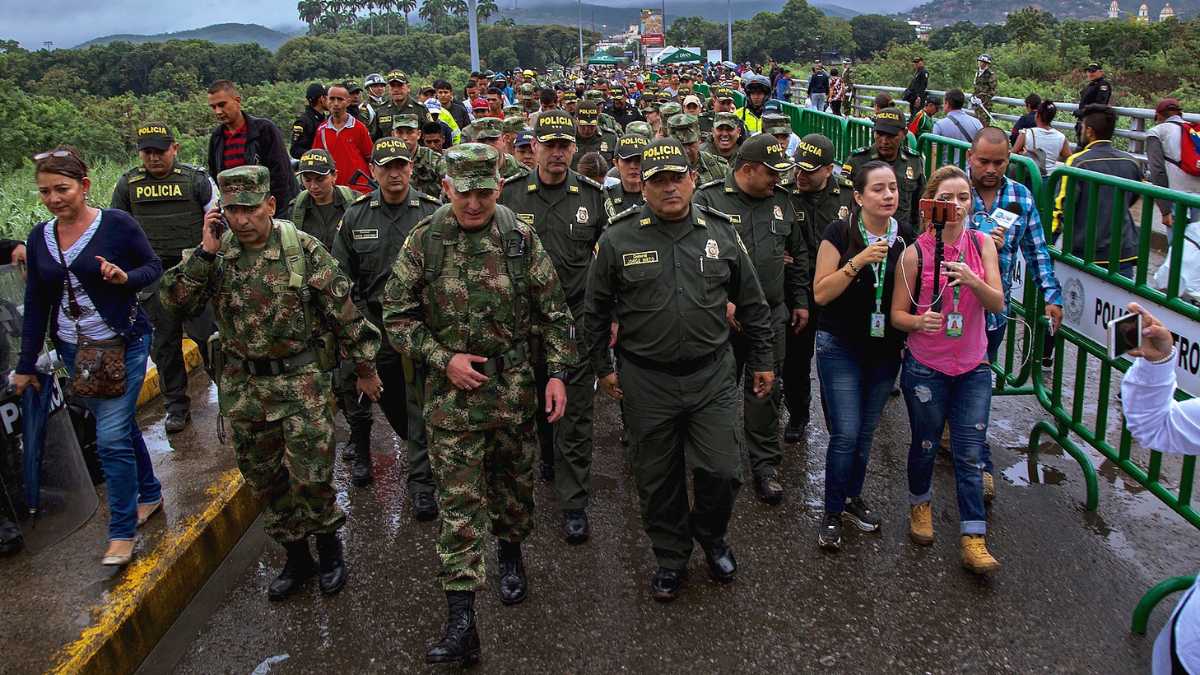By Nicole Jeanine Johnson | Chicago Defender
Over the last year and a half, Chicago’s Sanctuary City designation has been tested. As of August 2022, the city has absorbed over 21,700 migrants, spreading them throughout. The influx of migrants raises one simple question among many Chicagoans: “What’s going on in Venezuela? Followed by, “Is it that bad that they have to come all the way here?”
I sat down with Soledad Álvarez Velasco, an Ecuadorian socio-anthropologist, human geographer and assistant professor in the Department of Anthropology and Latin American and Latino Studies at the University of Illinois at Chicago. We discussed the history of Venezuelan migration to the United States and the historical and political climate that has all but forced its citizens to migrate across the Americas. This is part 1 of our interview.

Soledad Álvarez Velasco, an Ecuadorian socio-anthropologist, human geographer and assistant professor in the Department of Anthropology and Latin American and Latino Studies at the University of Illinois at Chicago (Photo, UIC).
Nicole Jeanine Johnson: Prior to recent years, was Venezuela a prosperous country?
Soledad Álvarez Velasco: In the 1970s up until the 1990s, Venezuela was one of the most important destinations in the Americas for migration but also for tourism. There were people coming from Ecuador, Colombia, Peru, Argentina and even abroad in Europe like Spain and Italy. It has the largest oil reserves in the world. The oil boom propelled Venezuela to become this incredible magnet for the world.
Despite most modern-day conveniences that require oil to function, the demand did not protect against the oil price crash. In 2014, the price per barrel decreased from $100 in July 2014 to $30 by February 2016. Venezuela’s economy plummeted because it had no other industries to rely on.
Nicole Jeanine Johnson: How important was oil in the country’s economic prosperity?
Soledad Álvarez Velasco: Roughly 90% of the economy relies on oil exports. If you compare this to other countries that have been able to sustain themselves by exporting other raw materials and labor power to the global economy.
Venezuela is considered a petrostate: “The government income is deeply reliant on the export of oil and natural gas.” As such, its economy is not as diversified as others, nor is there broad taxation among its citizens. These countries do not have an appetite for development but will shore up any discontent through significant public spending.
Nicole Jeanine Johnson: Were other factors at play that exacerbated the impact of the 2014 oil crisis?
Soledad Álvarez Velasco: Yes. The U. S. [placed] sanctions on the economy, meaning that Venezuela could not export its oil. Plus, the internal collapse was due to the transition between Chávez’s and Maduro’s regimes.
From 2015 to 2019, the United States imposed sanctions on Venezuela that included “blocking Venezuela’s access to the U.S. financial system, freezing the Madura administration’s bank accounts and other assets, blocking oil imports from the state oil and gas company, Petróleos de Venezuela, S.A. (PDVSA); and imposing penalties on individuals who the U.S. government determines have undermined democratic processes or committed human rights abuses.” As a result, the Venezuelan economy contracted as their gross domestic product growth plummeted from minus 25% in 2015 to 35% by 2019.
Nicole Jeanine Johnson: As this is a recipe for disaster, how have these factors contributed to the country’s mass exodus?
Soledad Álvarez Velasco: So the fall of the oil prices in the global economy, commodities, sanctions and the internal collapse of its state has provoked this massive exodus. We haven’t witnessed any exodus of such magnitude in the region ever in the scope of its 14 years. Since 1999, up until the present, [nearly] 8 million Venezuelans have left their country.
Venezuela’s mass exodus has been churning since 2015. Although the United States has absorbed a considerable number seeking asylum, neighboring South American countries have borne the brunt. According to the United States High Commission for Refugees, Colombia and Peru have received the most migrants at 2.9 million and 1.5 million, respectively.
The post A Venezuelan Exodus: UIC Prof Explains What Helped Fuel Migrant Crisis, Pt. 1 appeared first on Chicago Defender.
The post A Venezuelan Exodus: UIC Prof Explains What Helped Fuel Migrant Crisis, Pt. 1 first appeared on BlackPressUSA.

